Great Smoky Mountains National Park (Swain County), North Carolina
Projected Cost to Federal Taxpayers: $604 million
January 12, 2006
By Erich W. Zimmermann
Click Here for a pdf version of this article
| Resources |
|
Editorials:
|
Project Summary
The North Shore Road is a proposed two-lane highway through Great Smoky Mountains National Park, the nation’s most visited national park. The road would run along the northern shore of Fontana Lake, in Swain County, North Carolina. The North Shore Road was first proposed more than 60 years ago, after construction of Fontana Dam flooded North Carolina Highway 288 (NC 288). Since then, however, a four-lane road built south of Fontana Lake has satisfied the region’s transportation needs and limited the commercial need for another road. In addition, the North Shore Road would significantly impact the park itself, including slicing the largest unbroken tract of federal mountain forest in the eastern United States.
For these reasons, the $604 million project is an unnecessary and wasteful use of taxpayer dollars. A better option is to provide Swain County with a monetary settlement in lieu of constructing the North Shore Road. This solution strikes the greatest balance between the needs of Swain County, federal taxpayers, and our National Park System, and is the option favored by the county, the State of North Carolina, and a core group of local citizens, community leaders, and federal decision-makers.
Project History
The controversy surrounding construction of the North Shore Road dates back to World War II. At that time, the Tennessee Valley Authority (TVA) purchased 11,800 acres along the Little Tennessee River to construct Fontana Dam and provide power for the Alcoa Aluminum plant, a project considered critical to the war effort. Construction of the dam created Fontana Lake, displacing the area’s residents and submerging NC 288. At the same time, TVA bought the 44,000 acres between the new Fontana Lake and the park’s old boundary, donating the land to Great Smoky Mountains National Park and creating today’s park boundary.
To facilitate dam construction, TVA, the Department of the Interior, the State of North Carolina, and Swain County signed an agreement in 1943 to rebuild a road along the approximate route of NC 288, contingent upon Congress authorizing funds for the project.
An attempt to build the road started in the early 1960s, resulting in only 7.2 miles of pavement. After completing this small segment, the National Park Service (NPS) abandoned further construction, citing environmental and financial concerns. As recently as April 2002, NPS clearly stated its support for a monetary settlement in lieu of the road, citing the road’s impact on the park.1 The NPS has since changed its official position to neutral awaiting the outcome of the ongoing environmental review. In January 2006, NPS released a draft review document but deferred its decision on a preferred alternative until a later time.
Short of building a road, the federal government has attempted on several occasions to satisfy the agreement with Swain County. In 1991, former Senator Terry Sanford (D-NC) introduced a bill to compensate Swain County with a $16 million payment, but former Senator Jesse Helms (R-NC), a North Shore Road supporter, introduced several bills calling for both the road’s construction and large cash payments to Swain County. None of these bills ever received votes. Rep. Charles Taylor (R-NC) successfully secured $16 million for the project in the Fiscal Year 2001 Department of Transportation Appropriation Bill, funds used for project study. Senator Lamar Alexander (R-TN) has consistently maintained his opposition to the road, recently calling it a “terrible idea,” while supporting a monetary settlement as the best alternative.
In February 2003, the Swain County Commission passed a resolution supporting a $52 million settlement in lieu of the road. The Bryson City Board of Alderman followed, passing a resolution supporting a settlement on March 3, 2003. North Carolina Governor Michael Easley also supports a settlement in lieu of the road. This leaves two of the four original signatories to the 1943 agreement—and those likely most affected by the outcome—pursuing a monetary settlement.
Taxpayer Concerns
A January 2006 project study estimates that the North Shore Road would cost $589.7 million to build and take 15 years to complete, plus require Great Smoky Mountains National Park to spend $14.3 million in operations and maintenance costs related to construction of the road, for a total of $604 million. In addition, the park would spend an estimated $1.5 million annually in increased operations and maintenance costs after construction was completed.
This cost estimate is not set in stone, however, and taxpayers should be concerned that the price tag could climb much higher than $604 million. This estimate assumes nearly flawless working conditions and no project delays, but given the difficult terrain on which the project would be built, the road’s 140 water crossings, the very stringent environmental regulations involved, and the required environmental mitigation costs, the project’s costs would almost surely balloon.2 In addition, early surveys demonstrate numerous historical and ecological features that would have to be avoided or preserved, increasing costs further still.3
The North Shore Road is unnecessary because several routes already provide access similar to what the North Shore Road would accomplish. The purpose of the North Shore Road was to connect Bryson City to Deals Gap in North Carolina, and further to Maryville, Tennessee. North Carolina Highway 28 (NC 28) follows the southern shore of Fontana Lake and already provides this linkage. In addition, US Route 74 (the Great Smoky Mountains Expressway) and much of NC 28 are four-lane highways, and the remainder of NC 28 is built to modern, high-speed specifications.
Community Concerns
Aside from saving federal taxpayers at least $552 million, a monetary settlement would also provide more immediate local benefits than a protracted construction project. According to the terms of Swain County’s latest settlement proposal, it would leave the $52 million from the federal government untouched, with the annual interest used to bolster local education and county resources. The road, by contrast, would provide jobs for a limited range of industries. The county receives only two-percent of North’s Carolina’s sales tax receipts, so the road would have to generate enormous tourist revenues to beat out the annual interest that investing a settlement would garner.
Though improved access to a number of grave sites on the north shore remains an issue for some who support road construction, Great Smoky Mountains National Park continues to honor its long-time commitment to provide boat and land transportation to these cemeteries, as they are now located within the park boundaries, which allows families to continue to visit and maintain gravesites.
—
1. “The Park’s 1982 General Management Plan documents the decision not to build a road through the heart of the National Park. Environmental concerns center on the strong probability that road construction would expose extremely acidic Anakeesta rock, which produces acids and heavy metals that are leached by rainfall into streams and kill aquatic life. . . . Road building, when it occurs, also causes a reduction in wildlife, especially bears, in a natural area. The road would cross successive ridges in an area containing crumbling, faulted, and unstable rock which would require extensive cuts and fills. The proposed road would pass through one of the largest remaining roadless areas in the eastern United States.” The National Park Service, “Major Management Issues/Decisions: Proposed North Shore Road Through Great Smoky Mountains National Park,” April 9, 2002.
2. National Park Service, “Draft Environmental Impact Statement: North Shore Road, Appendix E”, March 2, 2005.
3. Thomas Fraser, “Smokies road cost: $350 million,” The Daily Times, February 26, 2005 and National Park Service, “Meeting Comment Sheet Impact Analysis Phase,” p. 7. Available online.


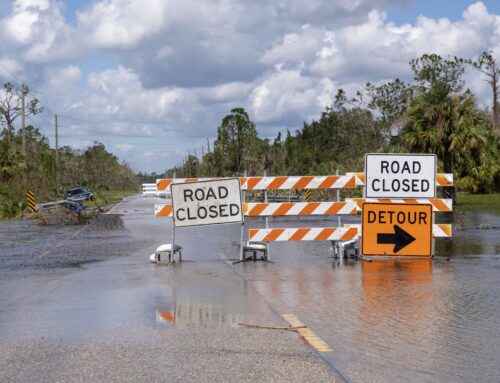
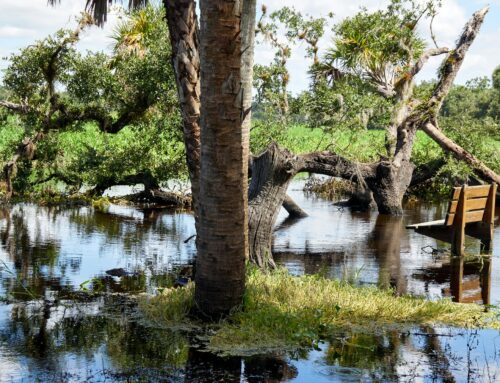
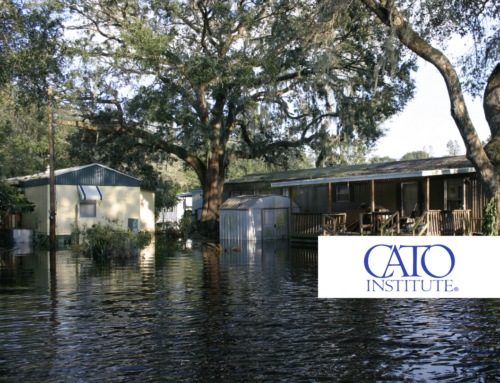
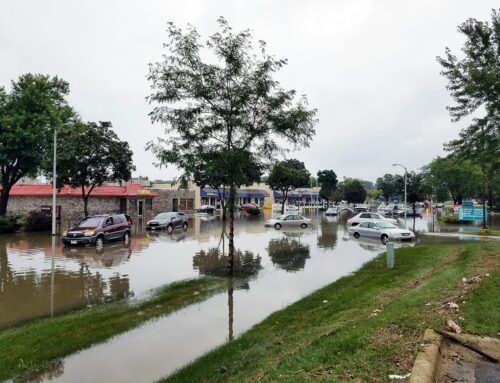


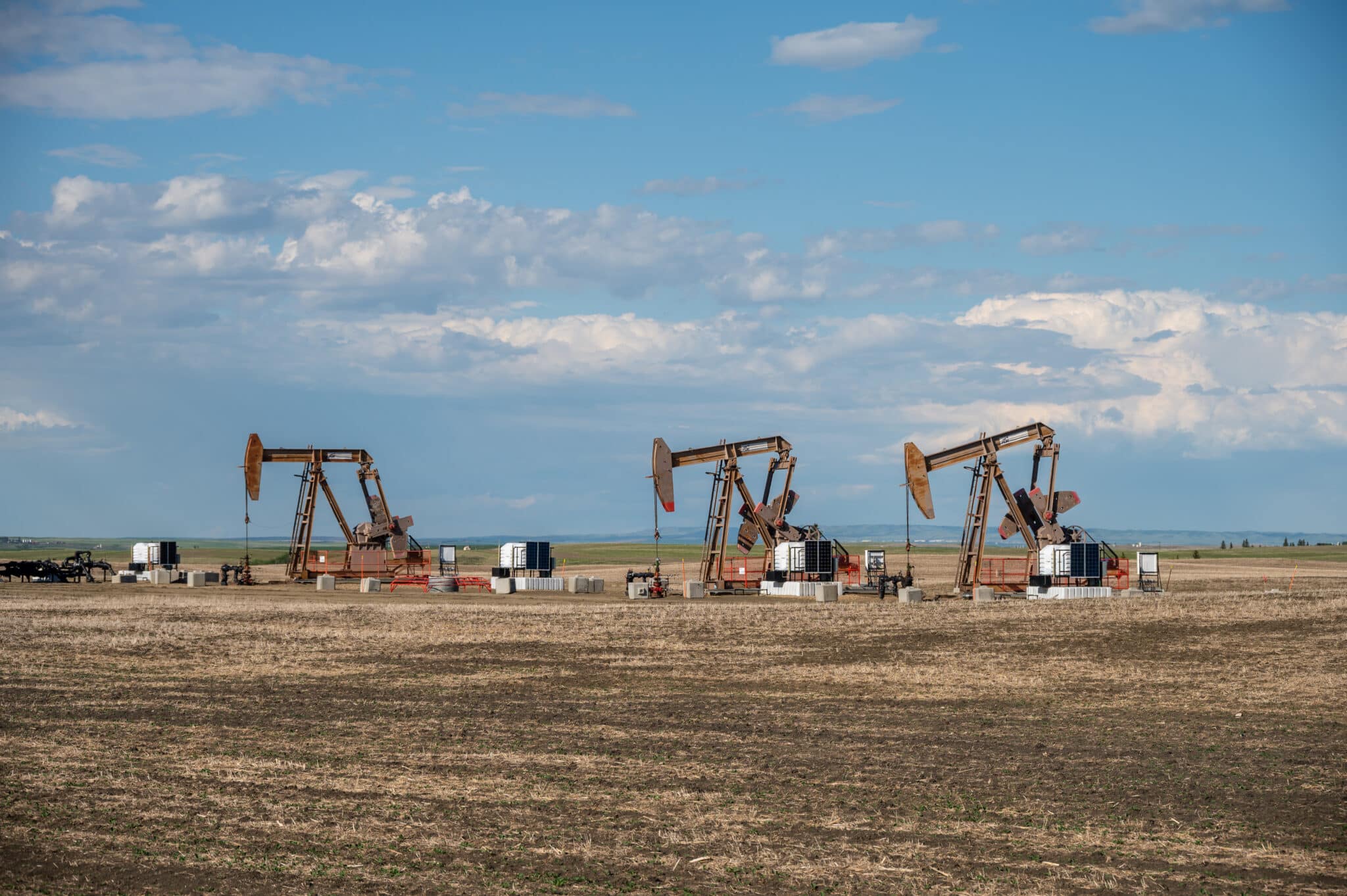


Get Social